TIST & United Nations Sustainable Development Goals
The TIST Program touches on all 17 of the United Nation's Sustainable Development Goals!
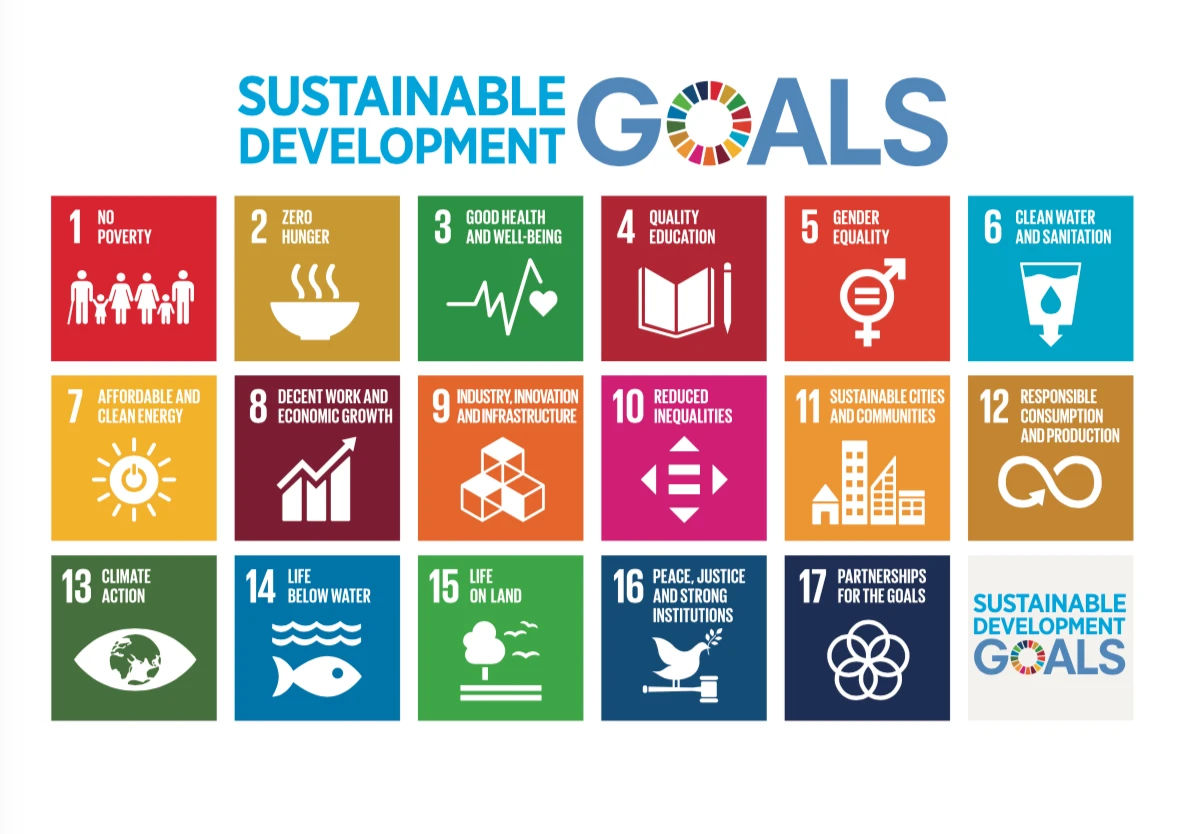
TIST touches on all 17 UN SDGs!
TIST farmers in Africa and India are making a global impact through their work which is aligned with the United Nations Sustainable Development Goals. In no way are we claiming to meet all 17 goals fully! This page is intended for informational purposes, to show how the work TIST farmers are doing is in line with the UN's goals.
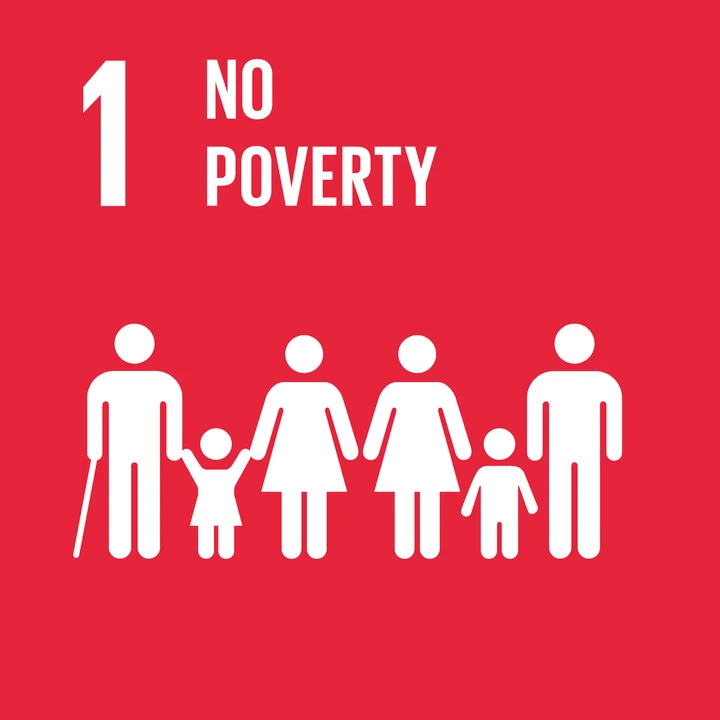
Goal 1: No poverty
End poverty in all its forms, everywhere
TIST works both directly and indirectly to address the issue of poverty. Farmers receive cash benefits of $.02 per tree and 70% of the profits from carbon sales. They also gain significant financial benefits from their participation in TIST. These benefits include fruit and nut crops, improved crop yields through Conservation Farming, fodder for cattle, wood for craft and fuel, improved land, and training in small business development. Currently farmers receive over $8 of value per tree planted. Working with subsistence farmers on degraded land, the TIST program addresses acute instances of poverty; TIST succeeds in creating secondary and tertiary revenue streams without interfering with the farmer’s primary economic activity.
Goal 2: End hunger
Achieve food security and improved nutrition and promote sustainable agriculture
TIST addresses the issue of hunger directly. By teaching Conservation Farming, TIST farmers are almost always able to double their crop yields in the first year and can increase yields as much as 400% in subsequent years. TIST farmers also benefit from growing new crops, such as fruits and nuts, that improve their food security. The ancillary benefits of increased fodder and fertile land also improve the farmers’ ability to raise animals. Finally, the planting of trees restores degraded and/or desertified land, improving the long-term agricultural outlook for TIST farmers.
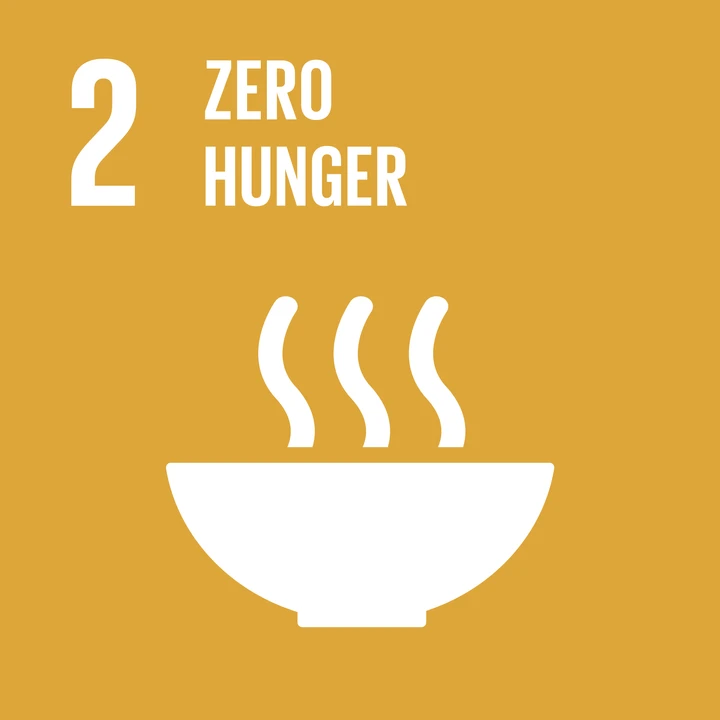
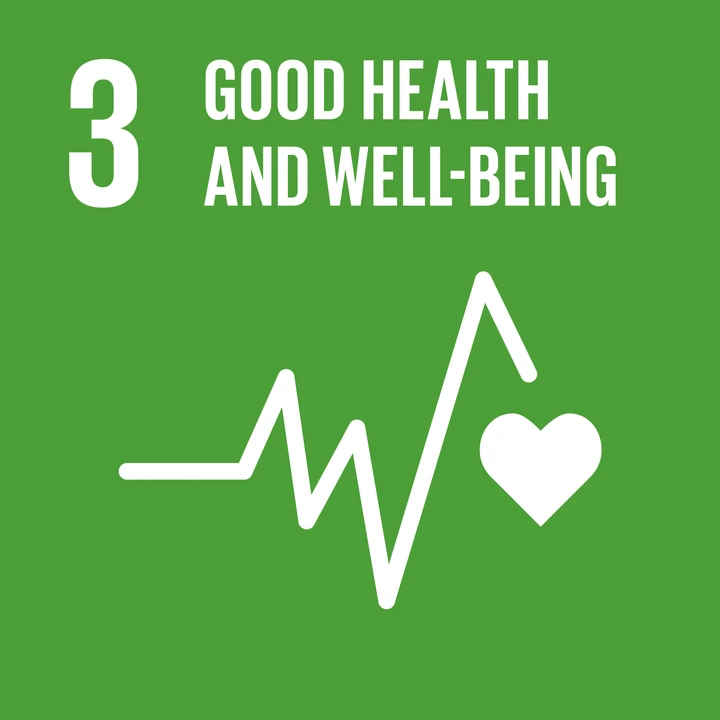
Goal 3: Good health & well-being
Ensure healthy lives and promote well-being for all at all ages
The TIST program addresses many of the health issues facing participants. Training includes a ten-part program on HIV/AIDS education. TIST offers further education on malaria, typhoid, tuberculosis, nutrition, sanitation, clean drinking water, and hygiene topics. This information is distributed at Cluster meetings and through multilingual newsletters. In surveys, more than 3/4ths of TIST farmers reported receiving health education; most respondents further reported that their children were healthier because of participation in TIST, and that their children were better educated on health issues.
Goal 4: Quality education
Ensure inclusive and equitable quality education and promote lifelong learning opportunities for all
Education is fundamental to TIST. Through Clusters and newsletters, TIST offers applied and vocational education that is accessible to people regardless of age, gender, or social status. This promotes lifelong learning and democratizes informational distribution. The revenue from participation in TIST is also often reported to pay for school fees and uniforms.
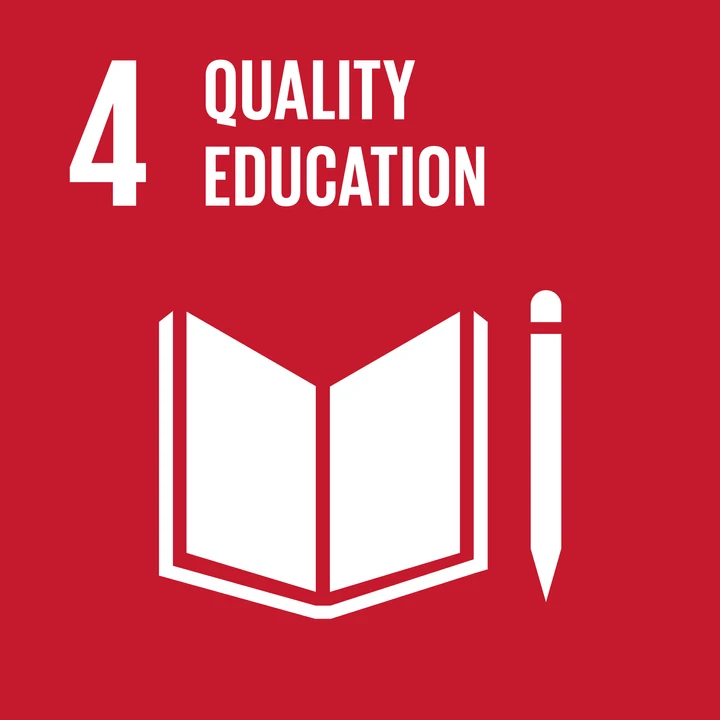
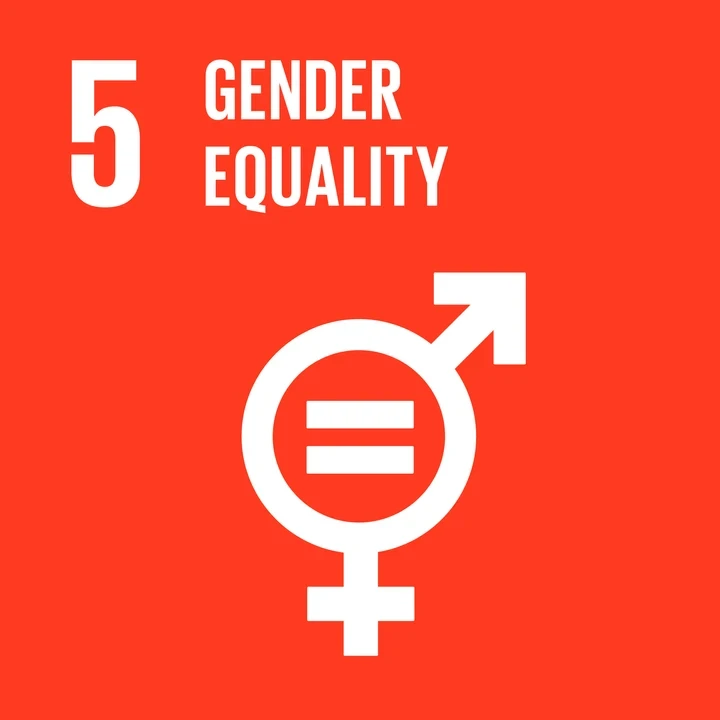
Goal 5: Gender equality
Achieve gender equality and empower all women and girls
Gender equality is a foundational aspect of the TIST program. The practice of rotational leadership supports gender equality by allowing everyone a chance to lead. Furthermore, training for leadership opportunities is open to both genders, and women are actively encouraged to seek these roles. TIST engages equal numbers of men and women as independent contractors and in all leadership positions. These practices mitigate the effects of a status quo oriented towards male leadership. The TIST program’s benefits are not determined by land ownership, which is usually patriarchal in the operational countries. Instead, the 'ecosystem service' can be accomplished by women, the contract can be held by women, and it can be transferred through inheritance. Women receive approximately 92% of the economic benefits that men receive, far better than the pay gap in both the western and developing worlds.
Goal 6: Clean water and sanitation
Ensure availability and sustainable management of water and sanitation for all
TIST plays a direct role in clean water and sanitation issues, through several activities. The Riparian Program works to anchor sediment and improve water quality in the areas where we operate. Through this program, TIST has restored hundreds of hectares of vital riparian land. In areas where the average TIST participant is an hour’s travel away from the closest water source, the preservation and improvement of extant watersheds is vital. Educational programs about hygiene improve sanitation. TIST also educates farmers on methods for water purification, including through the use of sunlight.
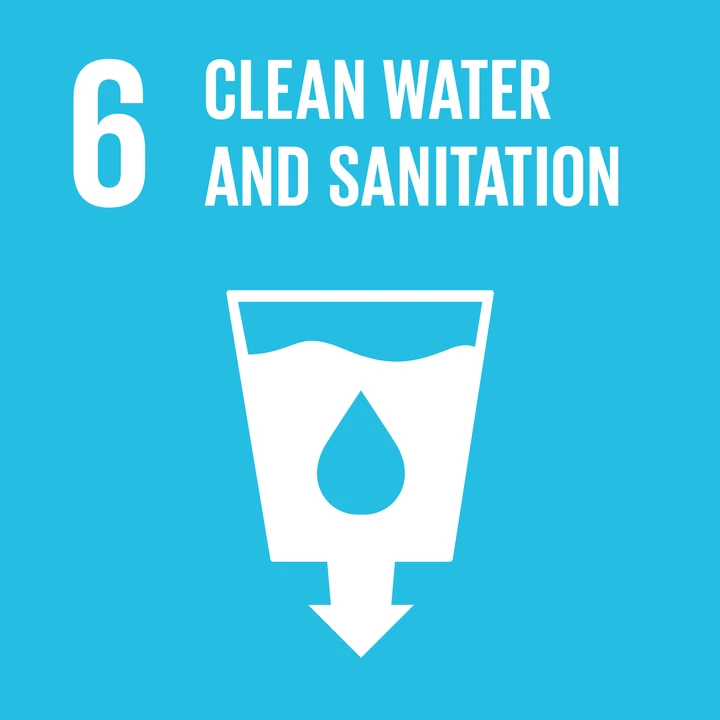
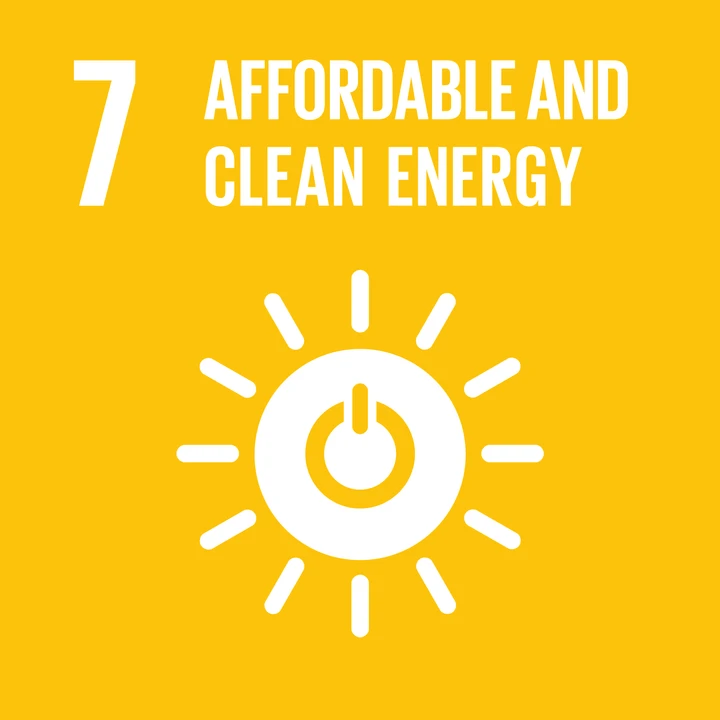
Goal 7: Affordable and clean energy
Ensure access to affordable, reliable, sustainable and modern energy for all
TIST provides resources and training on the construction of clean burning stoves. These stoves require significantly less wood to produce energy and offer improved ventilation. In some areas, TIST has also provided access to solar power and to manufactured metal stoves.
Goal 8: Decent work and economic growth
Promote sustained, inclusive and sustainable economic growth, full and productive employment and decent work for all
TIST works with people as both employees and independent contractors. Flexible hours allow people to generate a secondary revenue stream from TIST, while also continuing to work on their farm. This income is further directly linked to beneficial results for the farmers they are serving. Many of the issues addressed by TIST have serious economic implications. HIV/AIDS and land degradation problems have wide reaching economic impacts. By improving health and environmental concerns, TIST significantly improves the economic potential of its participants. Improved soil is a multi-generational and sustainable benefit. More generally, TIST’s operations strengthen the environment and societies they operate within, directly and indirectly promoting regional and national economic growth.
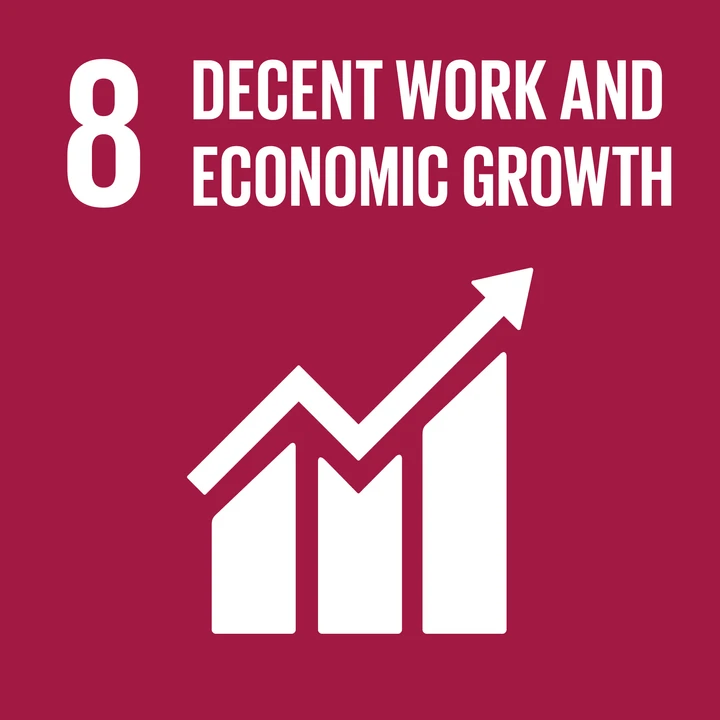
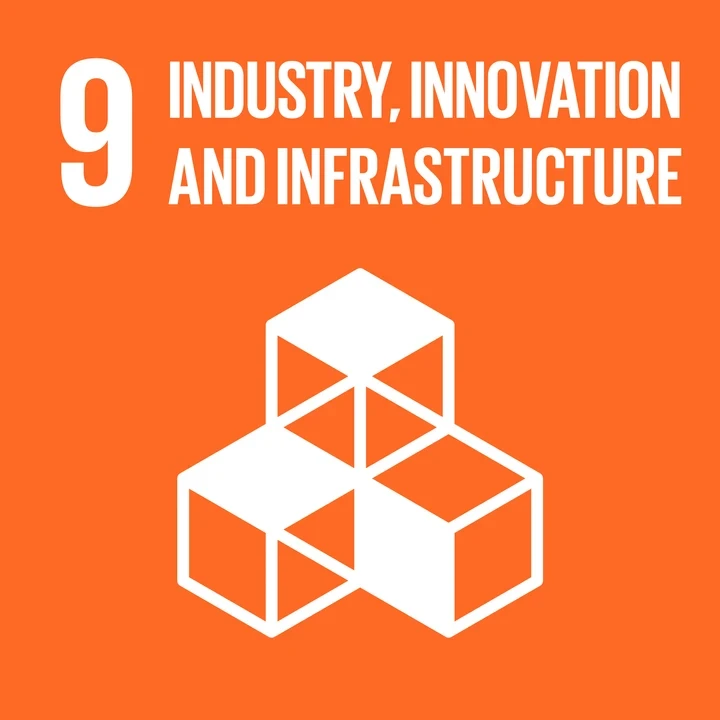
Goal 9: Industry, innovation and infrastructure
Build resilient infrastructure, promote inclusive and sustainable industrialization and foster innovation
TIST has significant infrastructure and innovation benefits. The Small Groups, Clusters, Newsletters, and Seminars are all designed to facilitate information sharing and innovation. These incubators allow farmers to share improvements and ideas with one another across geographical, cultural, and social barriers. Information technology and training allow participants to further leverage their intellect and innovation. In addition, the TIST structure is itself an award-winning logistical achievement. Solving the “last mile” problem that many organizations run into in our operational countries constitutes a major innovation. The creation of a virtual cash crop is a way to eliminate many of the challenges presented by limited traditional infrastructure. The creation and verification of carbon credits requires only limited transportation networks and low quality internet connections. Using cell phones for training and data collection, and mobile payment platforms, TIST is able to overcome the existing limits of infrastructure.
Goal 10: Reduced inequalities
Reduce income inequality within and among countries
The TIST program directly helps reduce inequality. By eliminating barriers to participation, TIST helps to mitigate patriarchy and ageism in the communities we operate. Improving degraded land, increasing crop yields, and providing secondary, or tertiary, revenue streams increases the income of the some of the world’s poorest farmers. Verification reports certify that TIST’s operations directly impact more than 50% of the poorest quartile of the communities we operate within. Voluntary carbon credit sales transfer income from richer countries, where impacts of climate change are costly, and the costs of carbon mitigation are also high, to the TIST farmers, whose costs of mitigation are lower and the benefits higher.
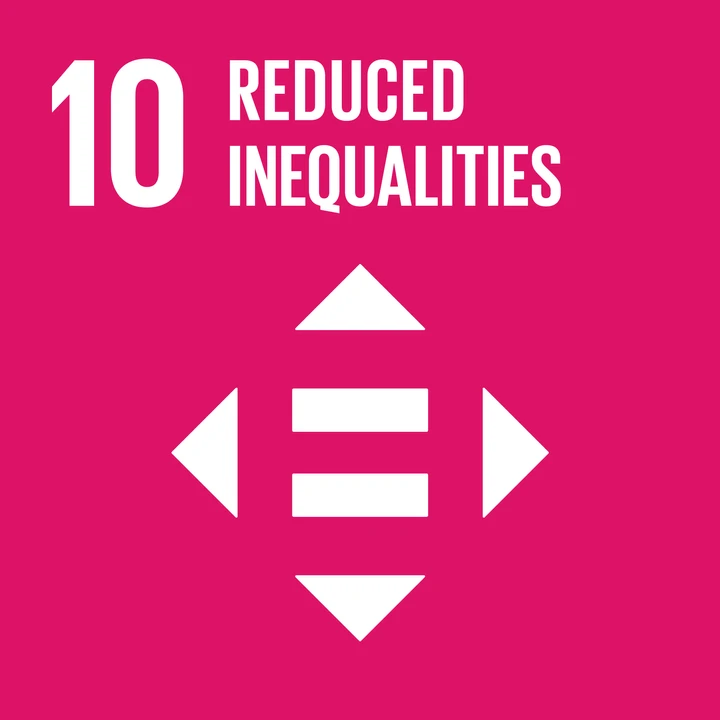
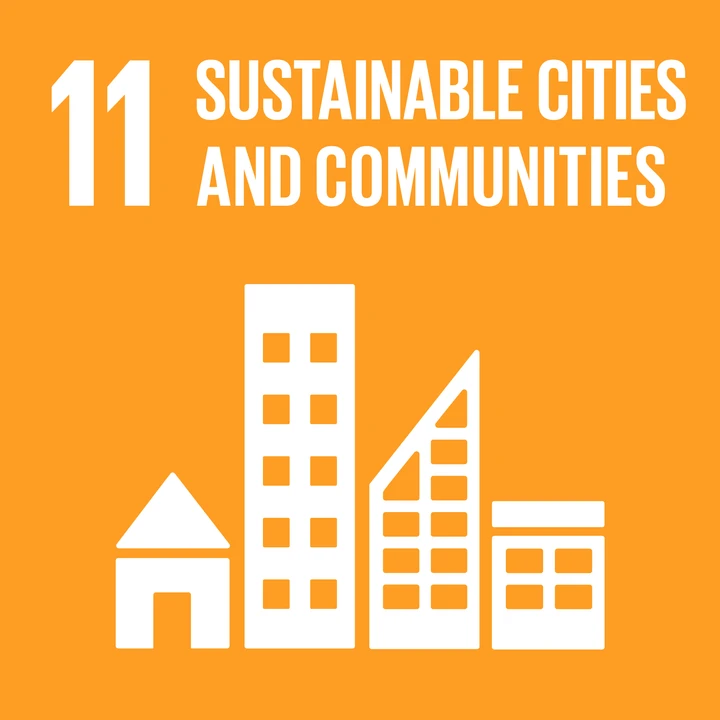
Goal 11: Sustainable cities and communities
Make cities and human settlements inclusive, safe, resilient and sustainable
TIST creates networks across large geographic areas and social barriers. Through leadership identification and training, we work to create more inclusive societies. Our values explicitly encourage inclusion, safety, and sustainability. TIST training and Best Practices are designed to maximize the safety of our participants and contractors. With improved crop harvests and improved nutrition, the TIST areas are more sustainable. They are also more resilient because they are less impacted by drought and floods. Women, youth, and the disabled are fully included.
Goal 12: Responsible consumption and production
Ensure sustainable consumption and production patterns
TIST helps to create efficient production patterns by facilitating land fertility improvements such as Conservation Farming, composting practices, and the restoration of degraded land. Avoiding chemical fertilizers and pesticides, while increasing production, makes farms more sustainable.
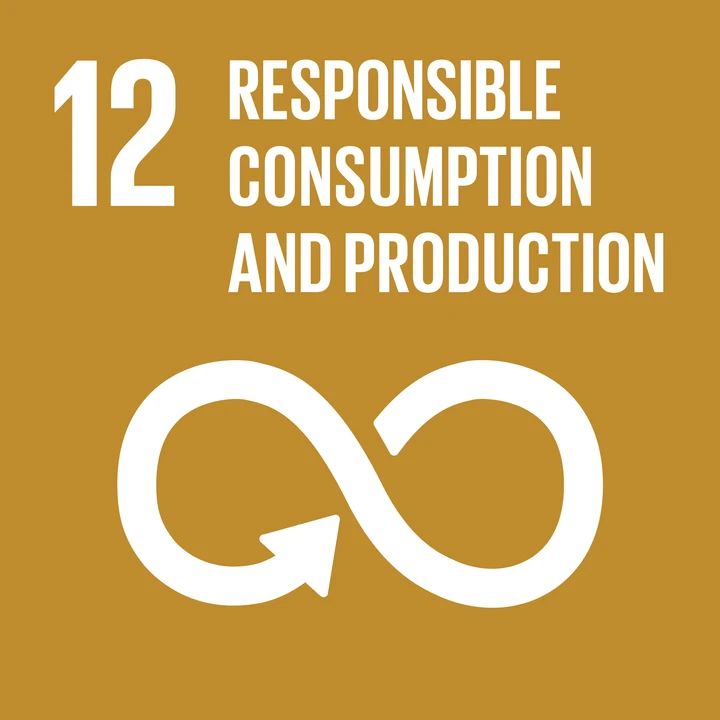
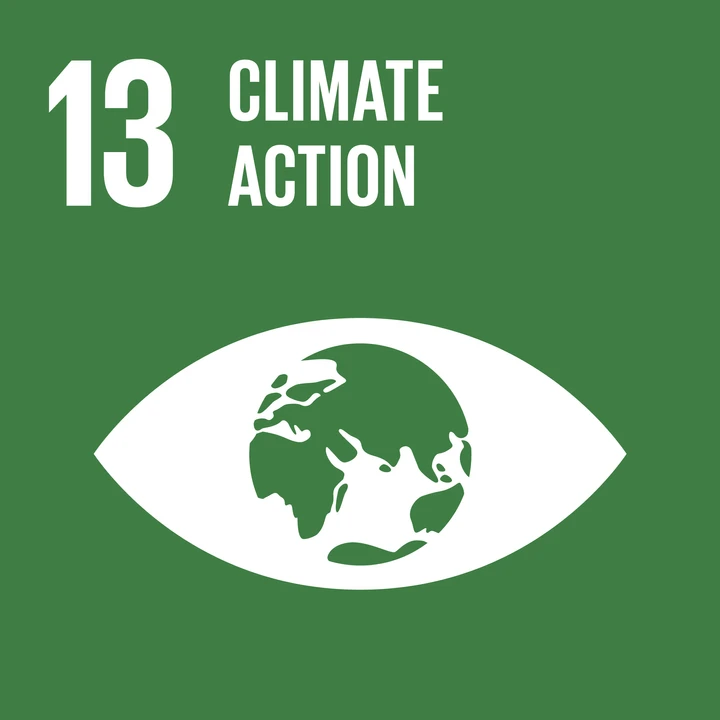
Goal 13: Climate action
Take urgent action to combat climate change and its impacts by regulating emissions and promoting developments in renewable energy
TIST works to combat climate change through the sequestering of carbon in a direct, quantifiable way. Sequestration is accomplished through the planting and growing of trees and sequestering carbon by improving the quality of the soil. In addition to sequestering carbon, forests reduce the temperature of the air by evaporating water through their leaves and reduce the soil temperature by shading the ground. Increased availability of fuelwood and higher efficiency stoves reduce the consumption of petroleum based fuels. Using electronic data systems reduces otherwise needed travel. The use of solar power, where applicable, improves lives without the use of kerosene. Creating natural mulch and pest control replaces petroleum derivative fertilizers, chemicals, and the fuel used for transport. TIST also works with local communities to create adaptation strategies and ways to combat the local ramifications of climate change. Climate change is often considered on the macro level, with little thought to the day-to-day impacts on vulnerable populations. By working directly with communities, listening to their concerns, and helping to develop strategies, TIST’s approach is focused on local results. Our work also increases awareness of climate change issues.
Goal 14: Life below water
Conserve and sustainably use the oceans, seas and marine resources for sustainable development
TIST’s Riparian Program has a direct impact on marine resources. The protection of wetlands and riparian areas is crucial to the overall health of watersheds, rivers, lakes, and eventually, seas. Healthy riparian areas trap sediment, store floodwater and energy, recharge groundwater, and promote biological diversity.
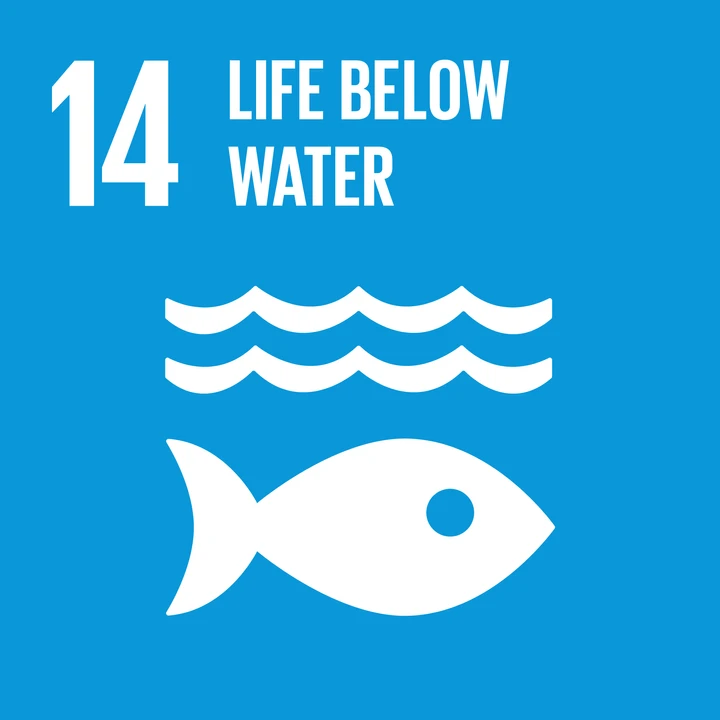
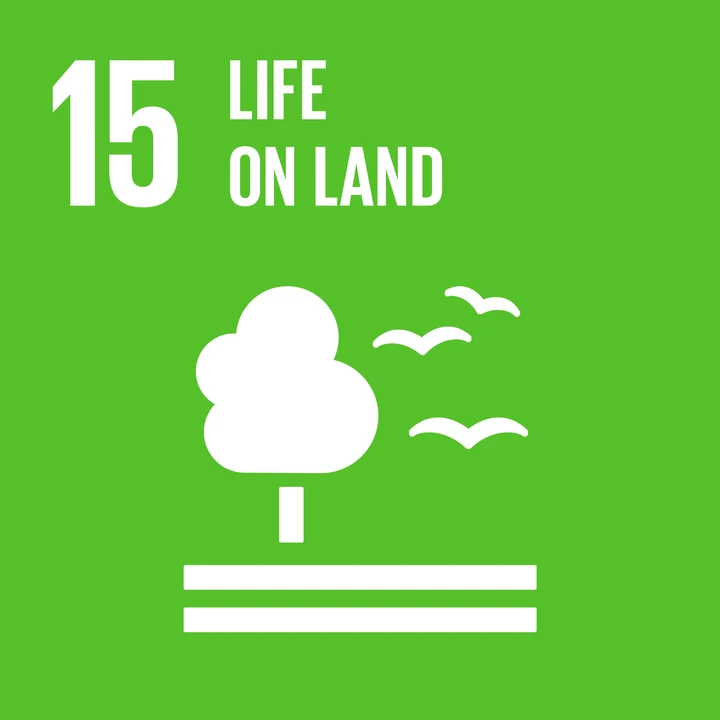
Goal 15: Life on land
Protect, restore and promote sustainable use of terrestrial ecosystems, sustainably manage forests, combat desertification, and halt and reverse land degradation and halt biodiversity loss
This goal is directly achieved by the TIST Program. The planting of trees increases biodiversity, while also providing the structural conditions for subsequent increases. Tree growth not only restores degraded land but also allows for the return of various forms of life. Practices such as agroforestry, apiculture, and Conservation Farming help these dynamics. In order to understand the impacts of tree planting on terrestrial ecosystems, it is best to think of TIST groves not only as discrete instances of biodiversity, but also as anchors that support the revitalization of entire regions. TIST’s activities directly contribute to sustainably managed forests, both by increasing tree growth and serving as buffers to National Parks, High Conservation Value Areas, and other protected lands. In many cases, TIST groves serve as wildlife corridors between habitats.
Goal 16: Peace, justice and strong institutions
Promote peaceful and inclusive societies for sustainable development, provide access to justice for all and build effective, accountable and inclusive institutions at all levels
TIST works in various ways to strengthen the communities and institutions we work with. Small Groups, Cluster meetings, and TIST values promote cohesion. Partnering with civil society organizations strengthens them through shared success; TIST provides forums for direct interactions between subsistence farmers and people in power. Having women in leadership roles promotes more inclusive ideas of justice. Entering into understandable and mutually beneficial contracts is often a new experience for TIST participants and increases their comfort in navigating a sometimes-daunting part of civil society. TIST's Verified results prove the institutions that make up TIST are effective, accountable and inclusive.
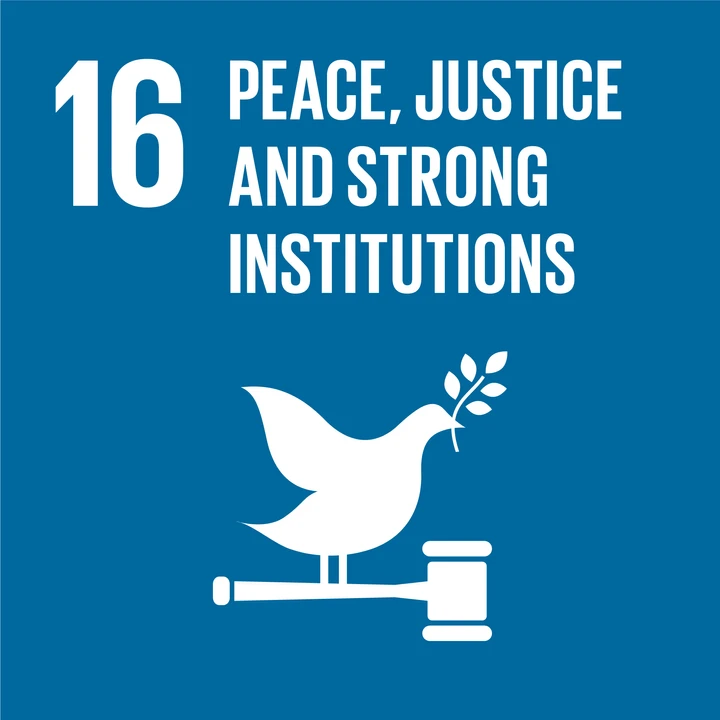
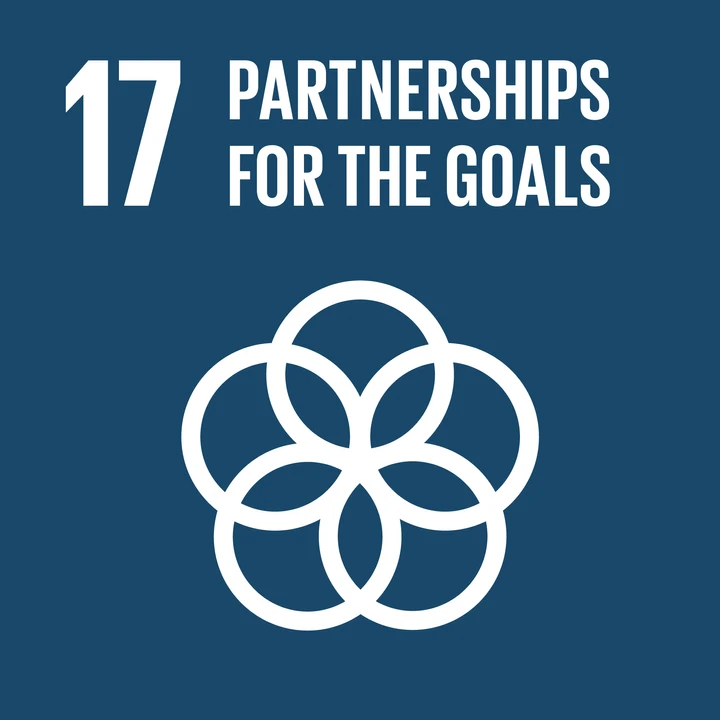
Goal 17: Partnerships for the goals
Strengthen the means of implementation and revitalize the global partnership for sustainable development
TIST has had a variety of partners in our sustainable development work. These include local governments, civil society organizations, community forest associations, CBO’s, NGO’s, churches, temples, and other religious organizations. We also work with international conservation, development and health NGOs, international finance and development bi-lateral and multi-lateral organizations (including USAID), and with individuals who want to help make the world sustainable. We share our information and successful implementation technologies with all organizations with similar goals and aspirations.
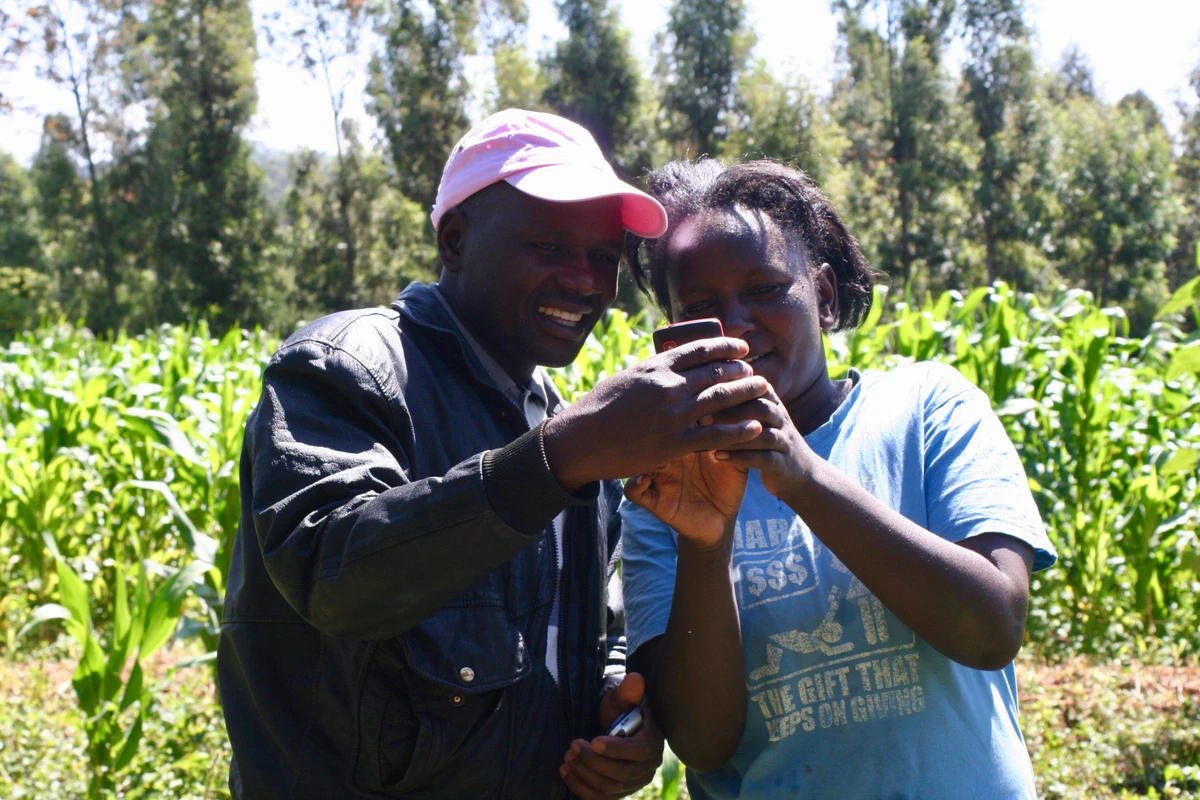
How does TIST work?
TIST farmers are successfully counteracting the devastating effects of deforestation, erosion, famine, droughts and floods through an innovative solution: planting millions of trees.
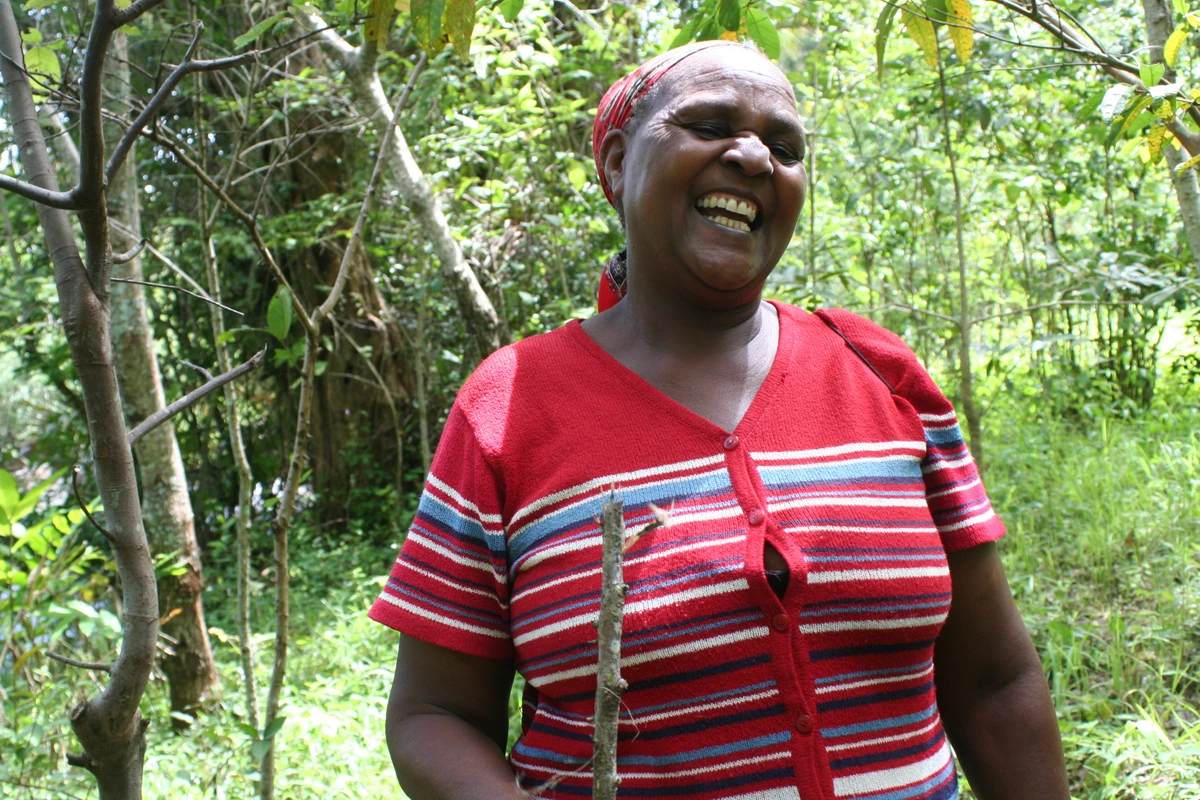
TIST Stories
Real life stories from TIST Farmers who are transforming their lives, ensuring better futures for their children and improving local communities by planting trees.
